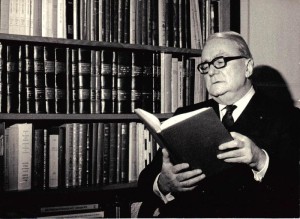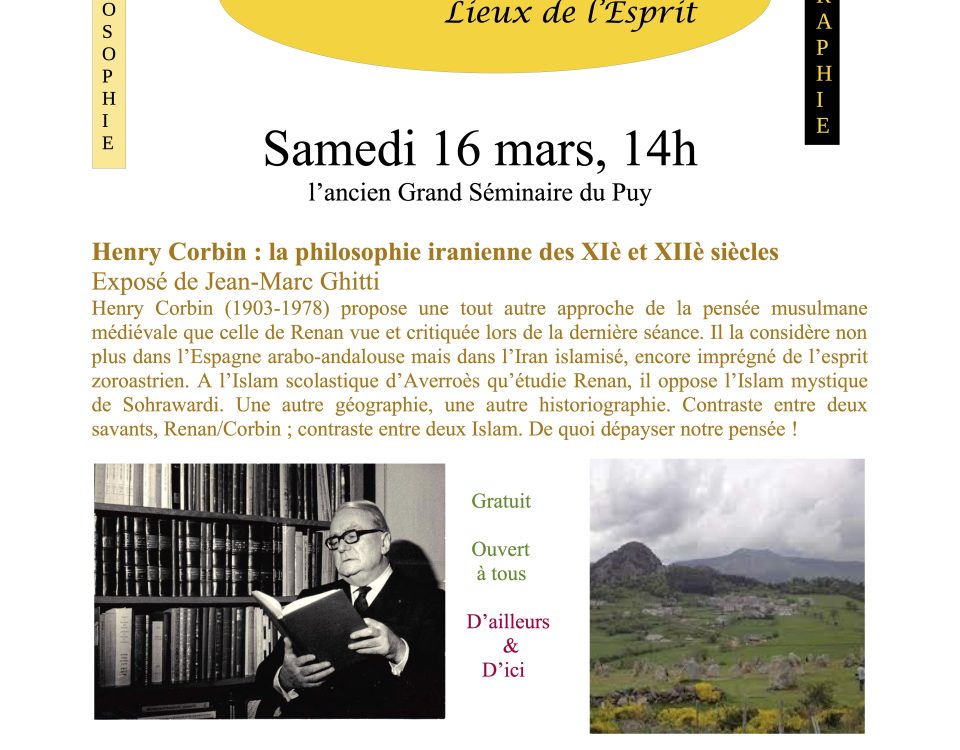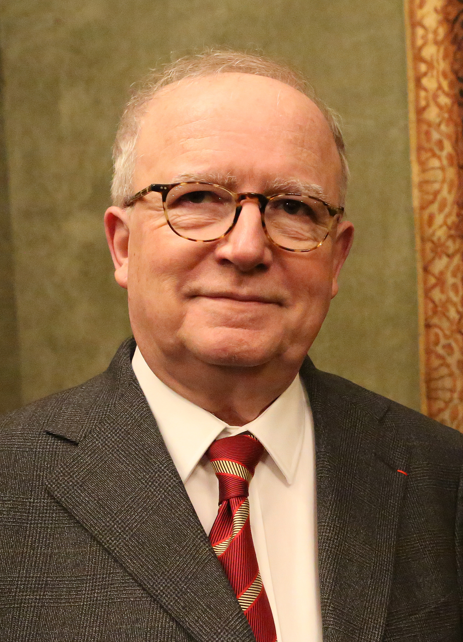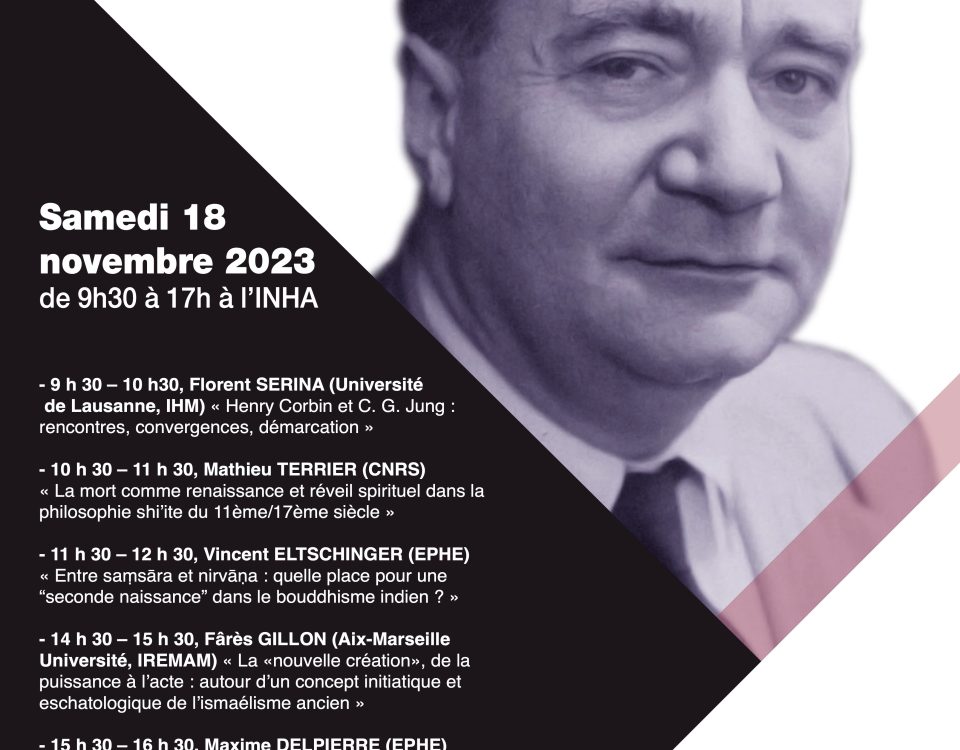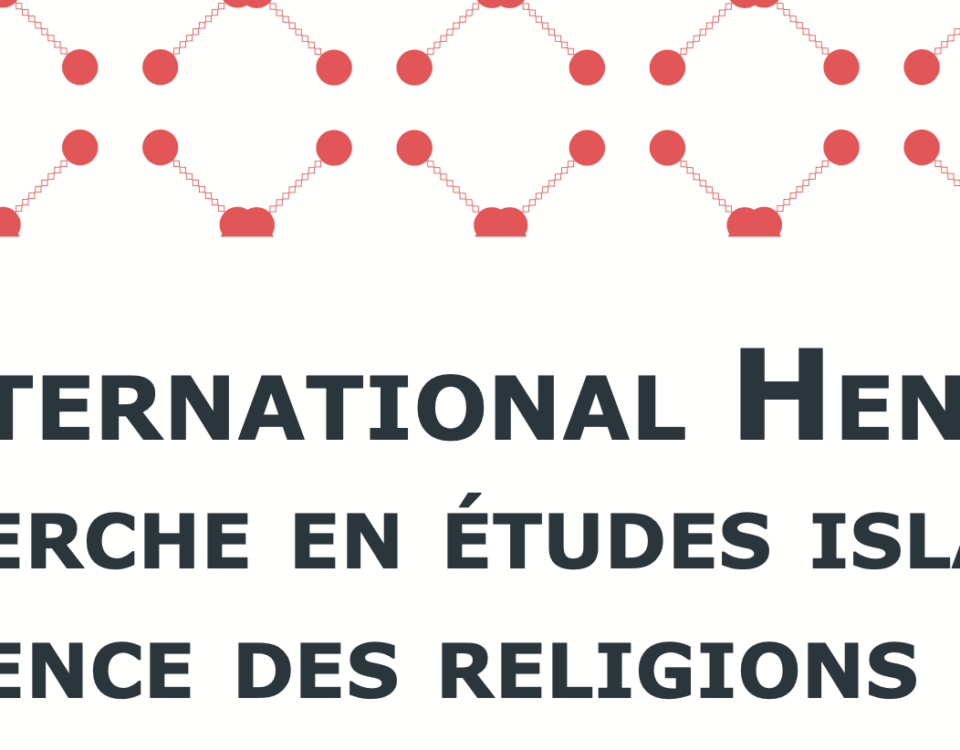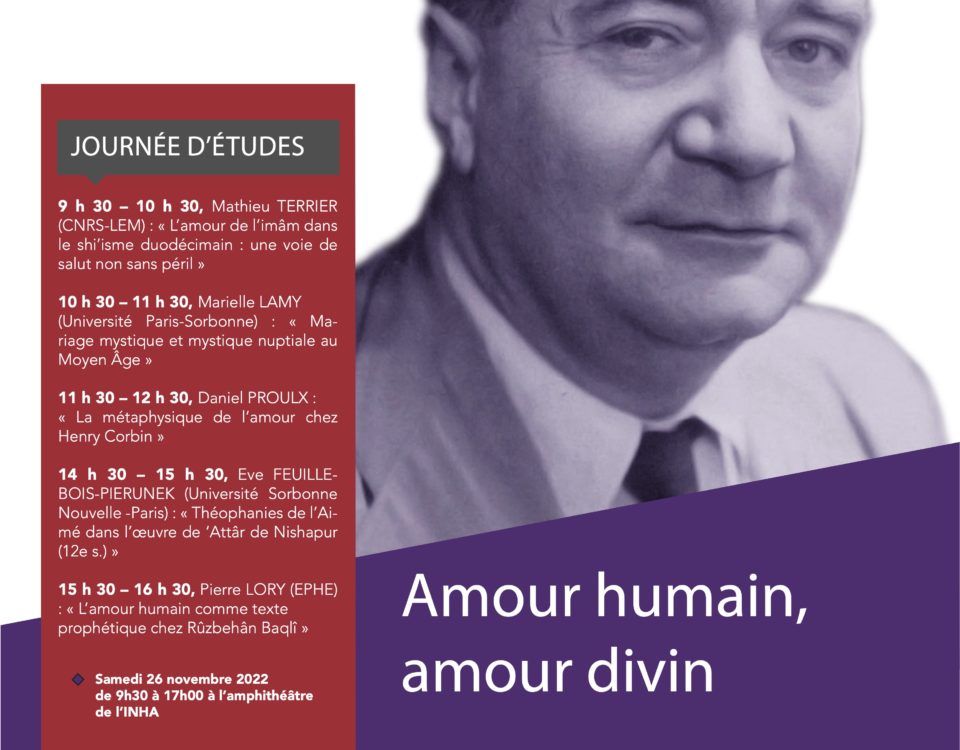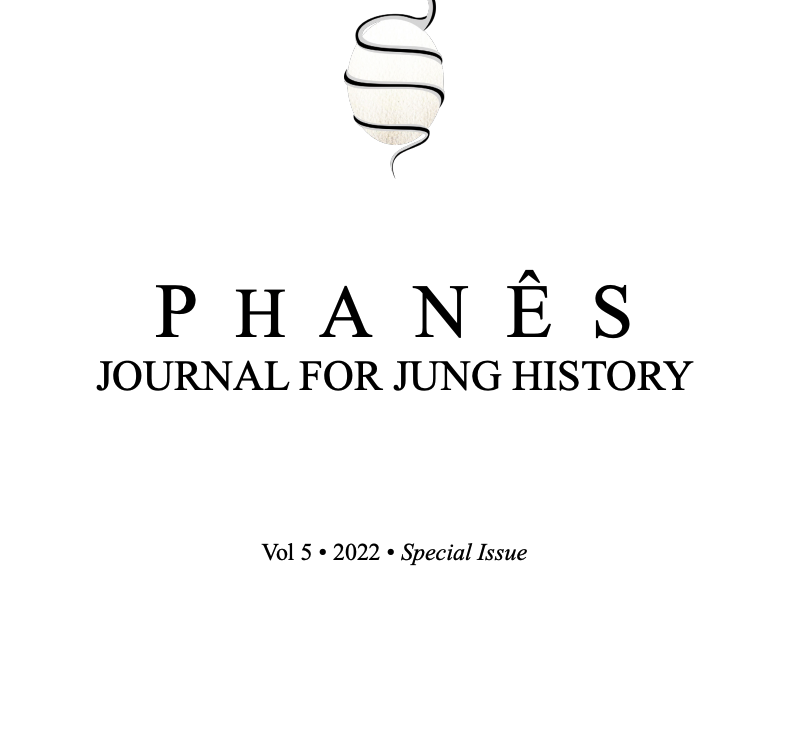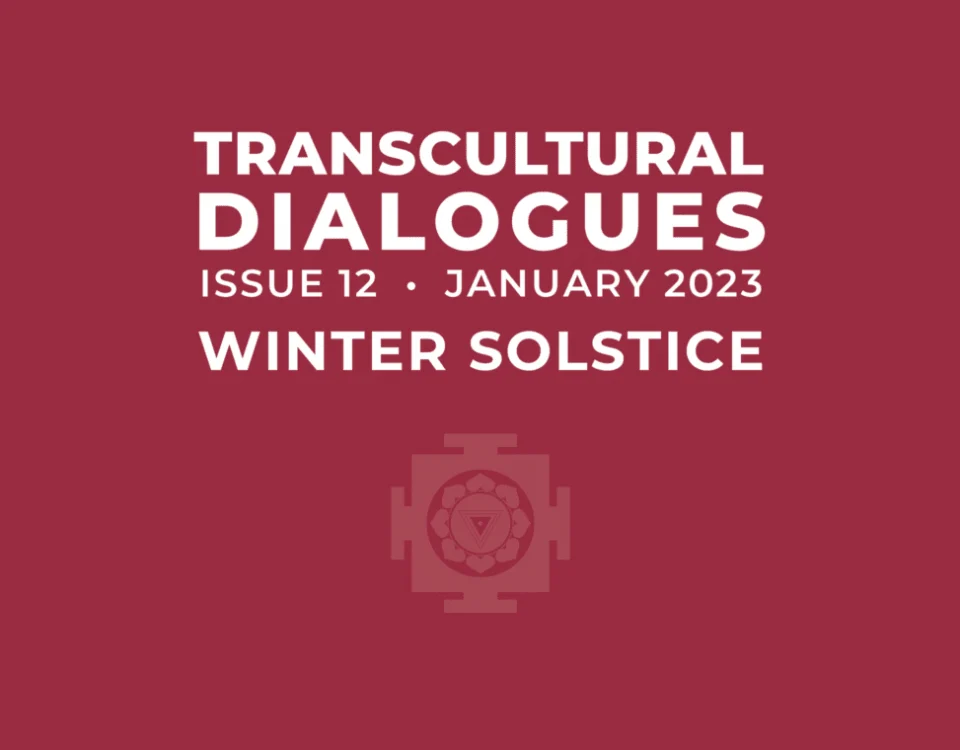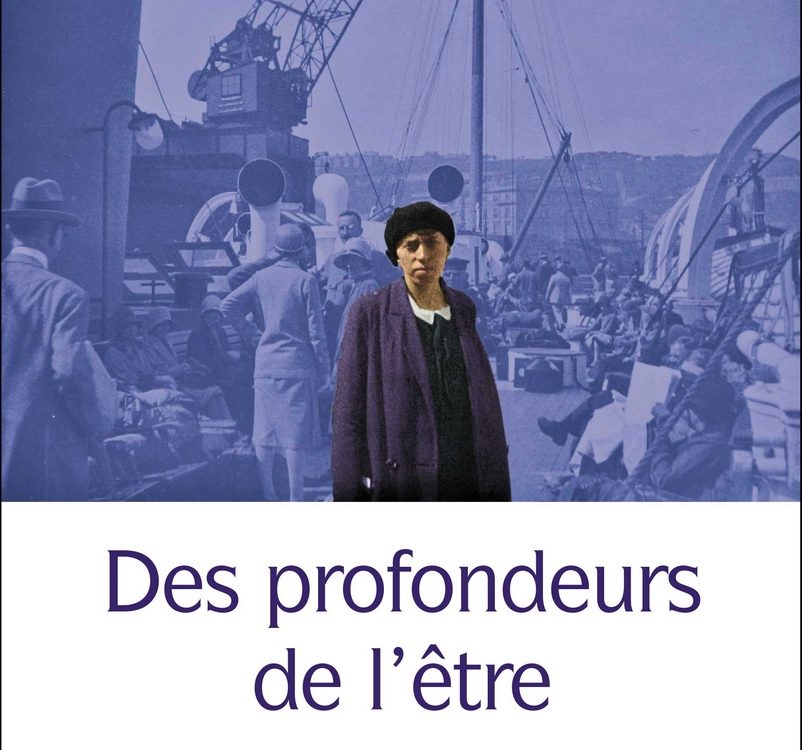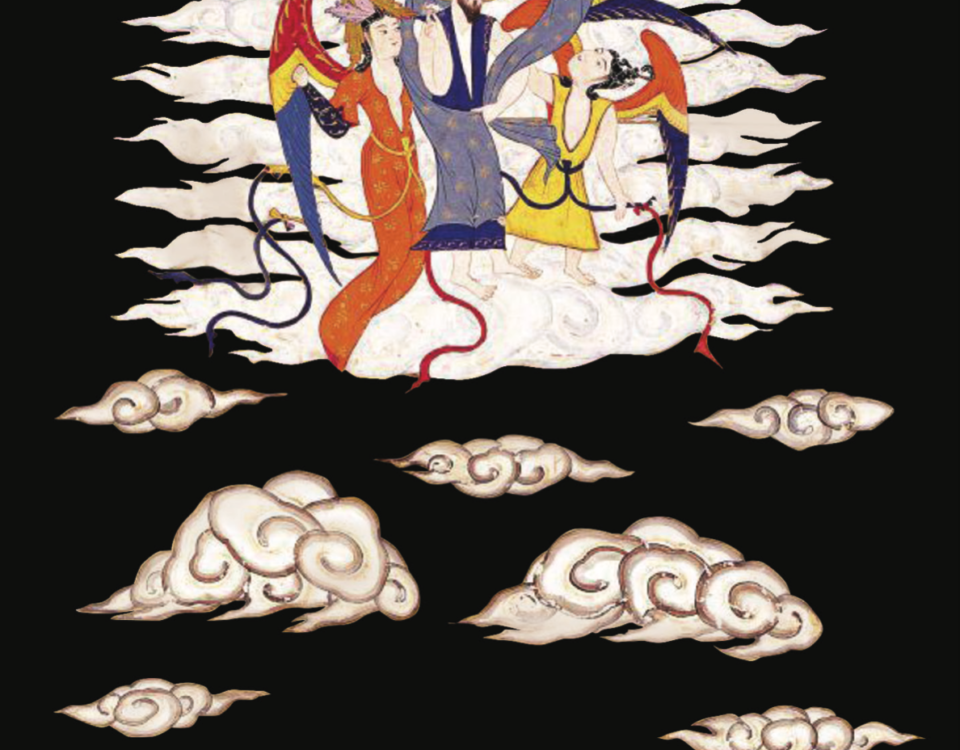Sitio oficial de la Asociación de Amigos de Henry y Stella Corbin
Henry Corbin (1903-1978) - Stella Corbin (1910-2003)
Henry Corbin (1903-1978), orientalista y filósofo, es uno de los pensadores más eminentes del siglo XX. Discípulo de Etienne Gilson y de Louis Massignon, a quien sucederá en la cátedra de Estudio del Islam de la Ecole Pratique des Hautes Etudes de la Sorbona, fué también uno de los pilares fundamentales – junto con C.G. Jung y M. Eliade, entre otros – del círculo “Eranos” desde el 1949 al 1977, director del Departamento de Iranología del Instituto Franco-Iraní de Teherán del 1946 al 1970, profesor durante más de treinta años en la Universidad de Teherán y miembro fundador de la Universidad Saint-Jean de Jérusalem.
Henry Corbin dio a conocer a Occidente, la existencia de un mundo hasta entonces completamente ignorado: la profunda espiritualidad de los grandes místicos shiíes y la filosofía del mundo musulmán desarrollada en Oriente, en particular en Irán, tras la muerte de Averroes. Su obra, centrada en el conocimiento y la espiritualidad islámicos, pero desarrollada en el contexto de las tres religiones monoteístas, incluye un número considerable de estudios sobre los ritos, así como traducciones y ediciones de antiguos textos inéditos, árabes y persas, que recuperará él mismo pacientemente en las bibliotecas de Turquía e Irán.
Actualités récentes
Séminaire « Esprit des lieux, lieux de l’Esprit » Henry Corbin : la philosophie iranienne des 11e et 12e siècles
Le 16 mars, Jean-Marc Ghitti présentera les travaux de Henry Corbin sur la philosophie iranienne des XIe et XIIe siècles à l'ancien Grand Séminaire du Puy. Il exposera la vision contrastante de Renan face à celle de Corbin.Élection de M. Christian JAMBET à l’Académie française
L'Académie française, lors de sa séance du 8 février, a élu M. Christian Jambet au fauteuil de M. Marc Fumaroli (F6), avec 25 votants. Après trois tours de scrutin, M. Jambet a été élu avec 13 voix, surpassant les autres candidats Jean-Marie Besset, Giovanni Dotoli, Hédi Kaddour, et David Khayat.Journée Henry Corbin 2023
18e Journée Henry Corbin (2023) : La seconde naissance. 18 novembre 2023.Prix international Henry Corbin 2023
Le prix international Henry Corbin de recherche en études islamiques et science des religions 2023 vise à récompenser un travail de niveau doctoral, ou une monographie. Le prix est d'une valeur de 5000 euros.Journée Henry Corbin 2022
17e Journée Henry Corbin - Samedi 26 novembre 2022 de 9h30 à 17h00 à l’amphithéâtre de l’INHA 2 rue Vivienne, 75002 Paris - Diffusion en ligne simultanée (Zoom)
Publications récentes
The Correspondence Between Mircea Eliade and Henry Corbin (1950-1981)
The Correspondence Between Mircea Eliade and Henry Corbin (1950-1981), introduced by Matei Iagher, edited by Matei Iagher and Florent Serina, translated from the French by Matei Iagher.The Invisible Teacher and His Disciples: C.G. Jung’s and Henry Corbin’s Approaches To “The Green One”
Corbin met Jung at Ascona in 1949. In 1953 he published a long, insightful review of Jung’s Answer to Job. Yet, for all the respect, if not devotion, that Corbin expressed to Jung, and for all the sympathy that Jung showed Corbin, their relationship was never an easy one. Is there any textual ground that might allow us to see deeper, and more insightfully, into their differences and commonalities? Daniela Boccassini proposes to focus on the figure of al-Khidr, “the green and greening one,” as invisible teacher, as the awakener of both soul and text to their forgotten identity: a basic gnostic theme. A comparative reading of Jung’s and Corbin’s approaches to this figure may help us find their meeting place, at the confluence of the two seas.Armelle Dutruc, Des profondeurs de l’être – Marie-Magdeleine Davy
Philosophe, écrivaine et maître de recherche au CNRS. Elle croise N. Berdiaev, L. Massignon, G. Marcel, R. Godel, H. Corbin, S. Weil, H. Le Saux, et tant d’autres.Henry Corbin’s Oriental Philosophy and Iranian Nativist Ideologies
Ahmad Bostani. This paper aims to explore the roots of the nativist discourse among Iranian intellectuals in the 20th century prior to the Islamic Revolution, a discourse based on Eastern authenticity and the felt need for a return to Islamic, Persian, or Asian traditions.Swedenborg i ezoterijski islam
Nouvelle traduction croate de : Henry Corbin, «Herméneutique spirituelle comparée - I. Swedenborg II. Gnose ismaélienne», dans Eranos-Jahrbuch - Das menschliche Drama in der Welt der […]
